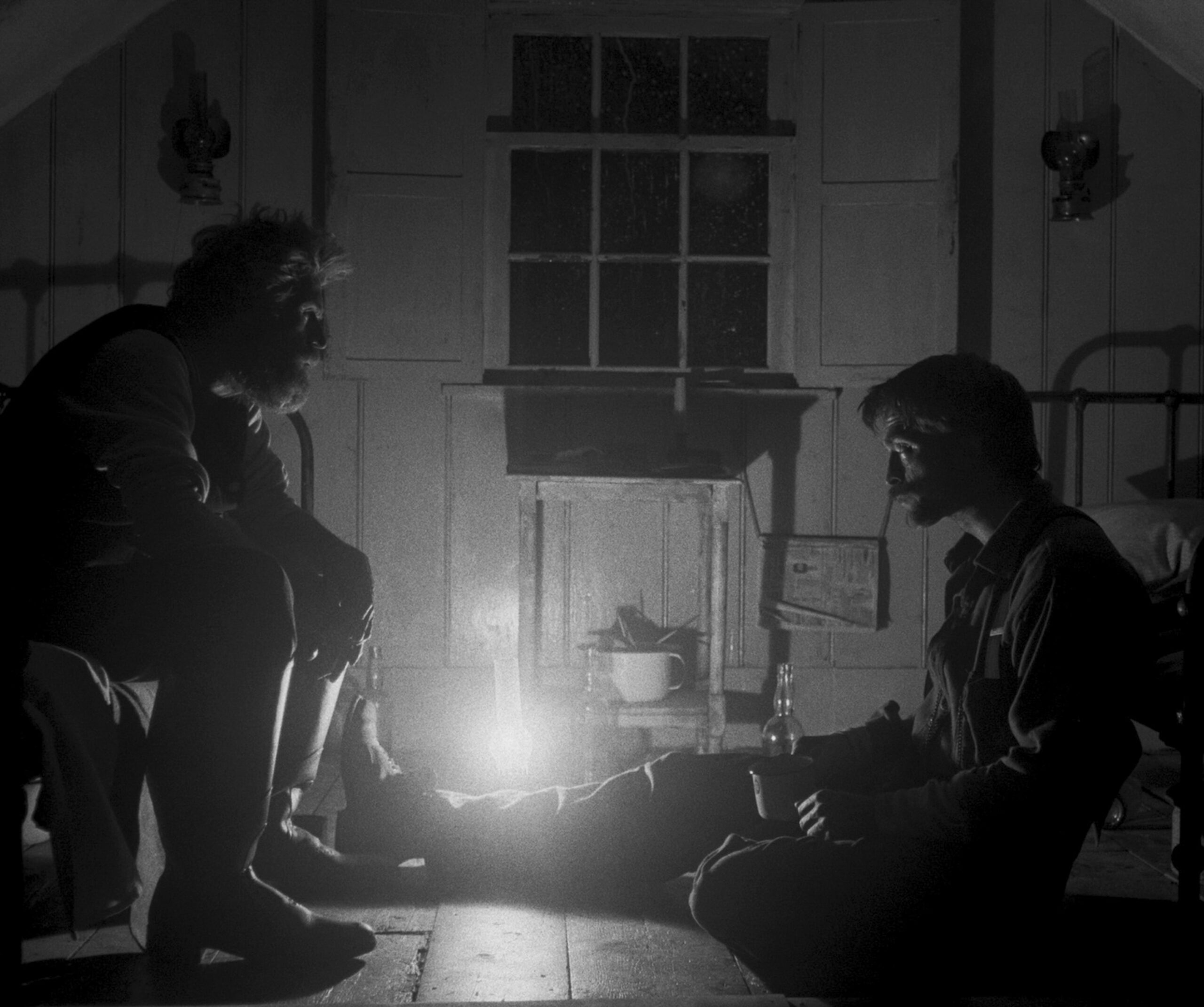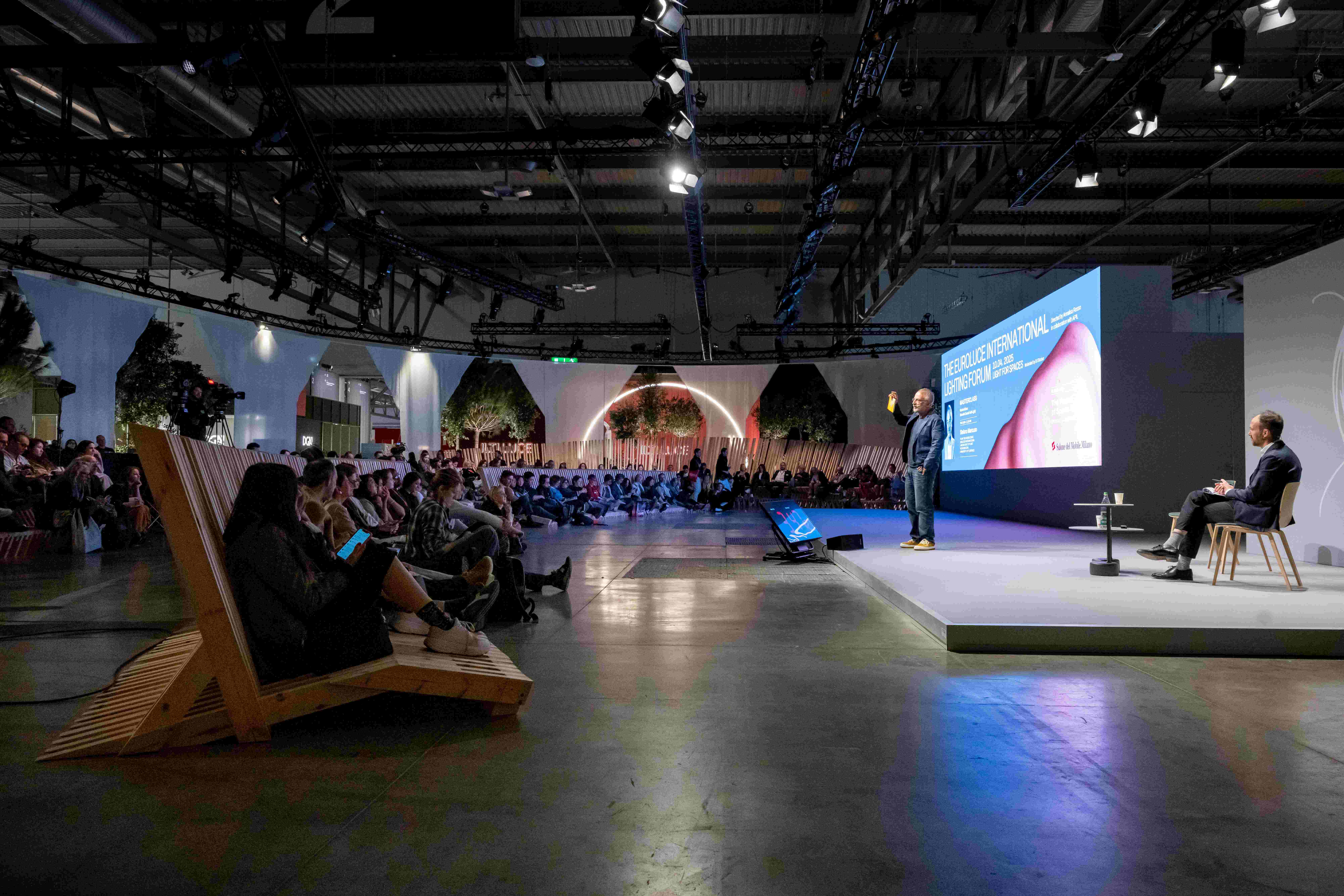The process of lighting design encompasses creativity, innovation and technical skills. A range of phases are involved which span from the initial concept to the subsequent technical stages and site commissioning. By gaining a comprehensive understanding of the chronological progression and the essential aspects of the lighting design process, designers can foster effective collaboration with all stakeholders, facilitating the transformation of the project’s vision into tangible realities.

Innovating through the concept phase of Light Design
The initial concept phase involves generating ideas to define what the lighting installation is intended to achieve. The lighting designer is presented with the project brief, a broad understanding of the scope of work and overall requirements. The focus is on grasping the project’s vision and goals without delving into specific details and fixture choices. The emphasis is placed on capturing through sketches, research and visualizations ways light can be delivered and the desired emotional impact of the space.
This includes envisioning the dynamic relationship between direct and indirect lighting, emphasizing key features, exploring the interplay of natural and artificial light. These acknowledgments will set the foundation for making informed decisions as the design progresses.
Through collaborative discussions, the lighting designer ensures that there is ample room for their concepts and that the architectural design can potentially accommodate their ideas within the allocated budget and intended purpose. Engaging in conversations with the project managers and creators allows them to begin contemplating the most suitable approach for their design. These valuable discussions provide insights that shape the lighting design’s creative direction.
Creative choices in lighting products and technical documentation
As more information becomes available, the lighting scheme evolves and develops. The initial creative concepts and ideas are translated into tangible specifications, fixtures, controls, drawings and intricate details.
Product selection plays a vital role in the design process, taking into account the lighting’s performance in relation to the desired effect and mood. Decisions regarding light quality, beam angle, power, dimming capabilities and glare control are often guided by lighting calculations using specialized softwares that calculate light levels and aids in visualizing the lighting design. Mockups are also essential and contribute to the decision-making process. Additionally, elements such as coves and joinery integration are essential components of a well-detailed design.

The effectiveness and efficiency of the lighting installation are influenced not only by the chosen light sources and fixtures but also by the control system. Careful consideration is given to the selection of switches, dimmers, and, if applicable, lighting controls, as they are crucial for proper circuiting. Circuit schedules can be provided to the electricians to plan their wiring and installation.
A process of revisions take place to accommodate the architectural and interior details, incorporating feedback and discussions on preferences.

Commissioning and focusing: final Steps in a lighting design project
Once the design has been approved, the construction and commissioning phases begin. Electricians commence the installation process by fixing wiring as per the approved design. Lighting designers collaborate with the contractors, offering guidance, shop drawings and addressing any questions. Regular site visits allow designers to monitor progress, make necessary adjustments and ensure accurate implementation. Through the process of aiming and focussing lighting designers create emphasis by highlighting focal points and adjusting the light intensity. Upon completion the lighting designer sets up scenes for control systems.
The lighting design expertise and involvement can significantly enhance the overall visual experience of the space. The active involvement throughout all stages can ensure a successful realization of the project’s expectations and vision.







